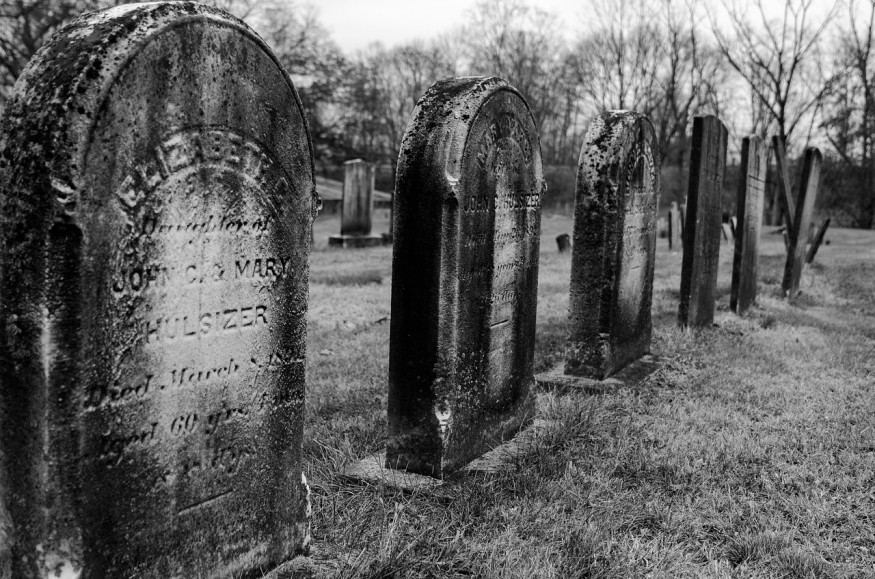
Researchers from the Dry Tortugas National Park were able to discover an extremely rare find: an underwater cemetery off the Floridian coast.
Underwater Cemetery
According to News Channel 5, the archaeological site was found close to an island that is adjacent to Garden Key in Florida.
MailOnline reports that buried within the cemetery are laborers and soldiers who may have died at a quarantine hospital on an island that is now submerged.
Currently, only the grave of John Greer, a laborer of Fort Jefferson who passed away on November 5, 1861, has been identified. However, records show that there are dozens of individuals who were laid to rest in the Gulf of Mexico. News Channel 5 adds that embedded on the gravestone is Grer's name and death date. The gravestone was situated in the previous Fort Jefferson Post Cemetery.
There may be dozens of other individuals, particularly U.S. soldiers, buried in this underwater cemetery. Several of the soldiers and prisoners were kept in Fort Jefferson.
19th-century hospital, cemetery found underwater off Florida Keys https://t.co/OQsz4ERB1i pic.twitter.com/q0M8r5Ukca
— New York Post (@nypost) May 3, 2023
ALSO READ : Oldest Known Pet Cemetery in Ancient Egyptian Port With 2,000-Year-Old Remains of Cats, Dogs
Fort Jefferson
According to CBS News, during the American Civil War, Fort Jefferson was a military prison. The areas that surrounded it were a lighthouse station, a naval hospital, a naval outpost, a military training site, and a quarantine facility.
It was initially built to guard one of the most strategic deepwater anchorages in North America. Though the Fort was never fully finished, its construction started in 1846 and went on for the next three decades.
As it was used during the American Civil War, there were high risks of diseases that are communicable, such as yellow fever outbreaks. This risk grew as the population in the Fort also grew. More prisoners, enslaved individuals, support staff, families, and military personnel filled the area. MailOnline adds that during its time, more than 2,500 prisoners were kept within the fort.
CBS News adds that in 1873, the fort was abandoned. However, the Marine Hospital Service of the US then used the facility from 1890 to 1900. An isolation hospital was also established on a nearby island.
The Fort Jefferson structure still stands until this point in time.
Maritime archeologist Josh Marano, who works for the national parks in Florida and who serves as the project director of the survey, explains that the unique finds emphasize the capacity to unveil stories in Dry Tortugas National Park both above and underwater.
Archaeologists are now looking to know more about Greer and the other individuals buried in the underwater cemetery.
Climate Change Impacts
These unique findings also stress how climate change affects Dry Tortugas resources. Initially, these facilities were constructed on dry land. However, due to dynamic conditions, many islands ended up moving as time went by.
Severe storms and climate change conditions caused some of these islands to erode and settle underwater.
RELATED ARTICLE : Early Holocene Cemetery Gives New Insights How Ancient People Dealt With Climate Change
Check out more news and information on Archaeology in Science Times.
© 2025 ScienceTimes.com All rights reserved. Do not reproduce without permission. The window to the world of Science Times.











